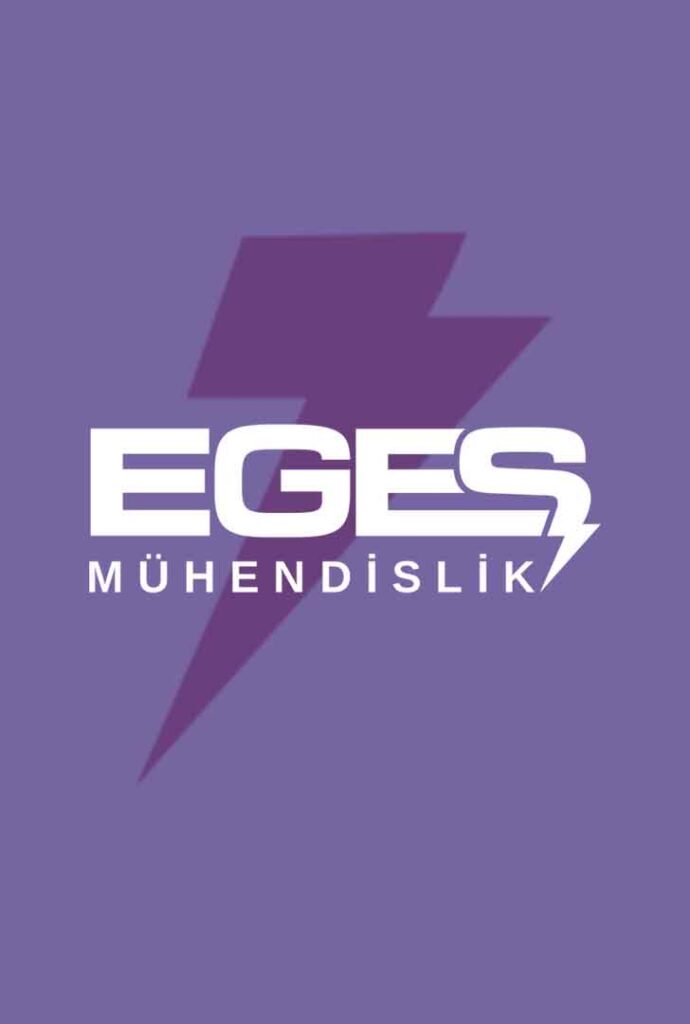SPP AC Control Panel
Solar panels usually generate direct current (DC), but the electricity used in homes and commercial buildings is mostly alternating current (AC). Therefore, the DC energy generated in solar systems needs to be converted to AC and controlled. The AC control board plays a critical role in this conversion process.
Energy Transformation: It converts DC energy from solar panels into AC energy through an inverter. This enables the operation of electrical appliances in homes or commercial buildings.
Energy Distribution: The AC control panel routes the generated electrical energy to the distribution system and ensures the supply of specific loads.
Protection and Security: Provides protection against electrical faults, overloads and short circuits. Includes circuit breakers, overcurrent protection devices and other protection elements.
Control and Monitoring: Monitors energy flow in the system, collects performance data and ensures efficient operation of the system. In addition, some panels offer remote monitoring and control.
Phase Balancing: Provides phase balance of the generated AC energy and guarantees proper operation of the energy system.


Basic Components of SPP AC Control Panel
Inverter: A device that converts DC energy into AC energy. It is located in the center of the GES AC control panel and usually more than one inverter can be used.
Circuit Breakers: Provides protection by cutting the energy in case of overcurrent, short circuit or malfunction in the system.
Control and Monitoring Equipment: Collects and monitors energy production and consumption data. This equipment can usually take the form of a display or control panel.
Energy Meters: Devices that measure electric current, voltage and energy consumption. Used to evaluate energy efficiency and system performance.
Earthing and Protection Devices: Devices used to ensure electrical safety. Includes earthing systems and surge protection devices.
Phase Switches and Disconnectors: Provides control of the phases in the system and interrupts the energy flow when necessary.
Connection Terminators and Cables: Used to ensure the flow of electricity. Cables and terminators provide the connection between solar panels, inverter and other components.
Security
It protects against electrical faults and guarantees safe operation of the system.
Energy Efficiency
It monitors and manages energy flow, thus minimizing energy losses and increasing efficiency.
Easy Monitoring
It provides energy production and consumption data, so it is easier to monitor and optimize system performance.
